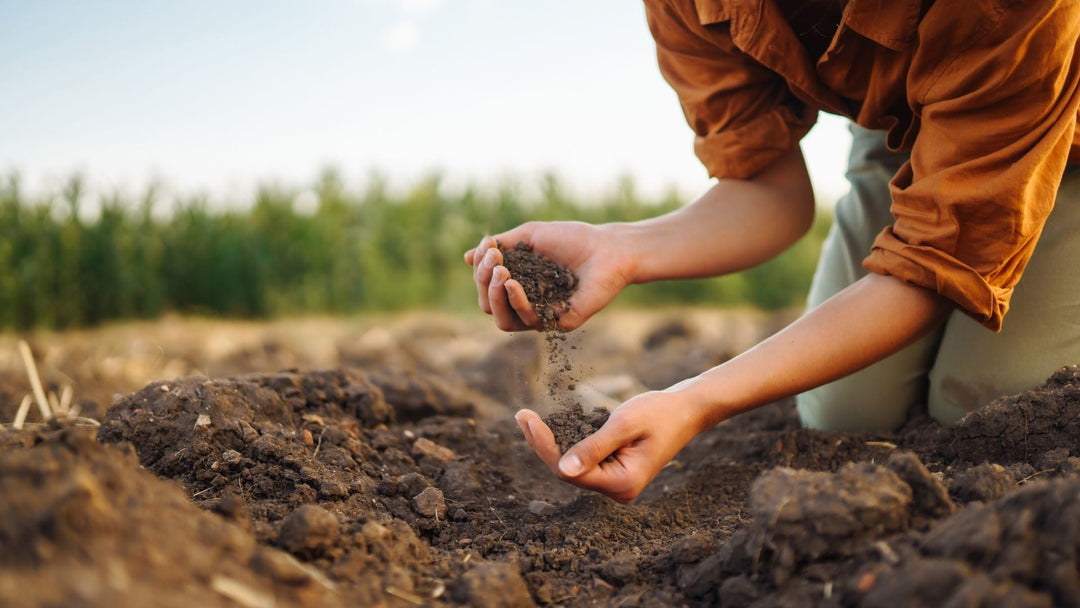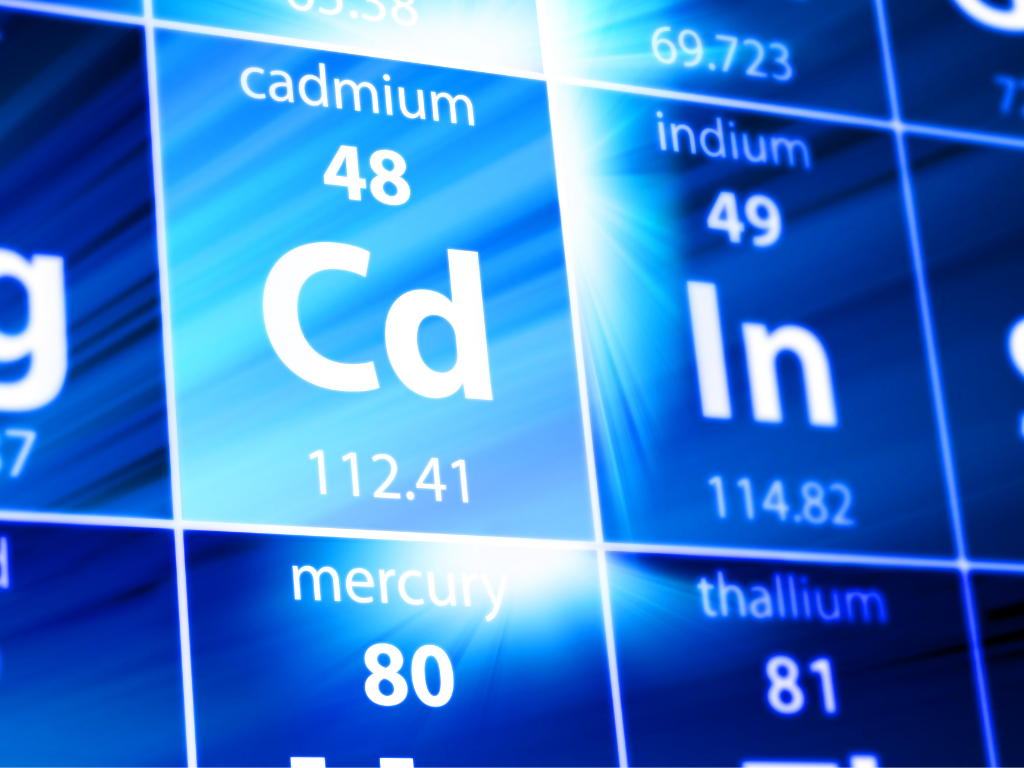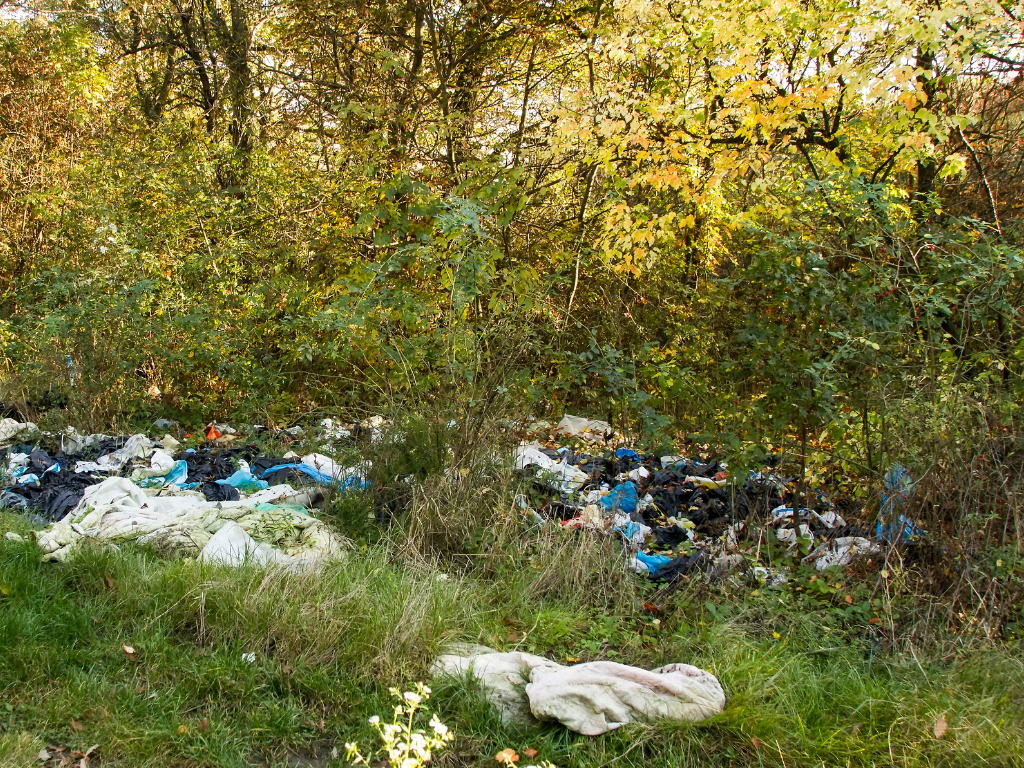
Analyses de sol
Des kits d'analyses simples d'utilisation, des conseils d'expert pour vous accompagner.
Connaître son sol, c’est reprendre le pouvoir sur son environnement.
Analyser votre sol vous permet de mieux comprendre sa composition, sa fertilité et ses éventuelles contaminations. Vous pouvez ainsi ajuster vos apports pour améliorer vos récoltes, choisir les cultures les plus adaptées, sécuriser vos projets de construction et protéger votre santé ainsi que l’environnement.
Ils témoignent
Un kit pour répondre à chaque situation
SOLKIT
En réalisant les analyses adéquates, il devient possible de certifier de la santé d’un sol tout en fournissant des conseils pour en améliorer les propriétés. Grâce à une analyse de sol approfondie et notre expertise, vous obtenez une note globale reflétant l’état de santé de votre jardin : Le SOILSCORE.
AGROKIT
Réservée aux jardiniers soucieux de connaître la qualité physique et chimique de leur sol. Fertilité du sol, structure ou équilibre chimique, votre sol n'aura plus de secrets pour vous.
PESTIKIT
Destinée aux jardins situés à proximité de zone agricole. L'analyse permet de détecter les principaux pesticides utilisés dans l'agriculture. Si vos plants ne poussent pas et que vous êtes sur un ancien terrain agricole, cette analyse est faite pour vous.
POLLUKIT
Destinée aux personnes soucieuses de savoir si leur sol est pollué, l'analyse POLLUKIT vous permettra d'utiliser votre jardin sereinement. Évitez les risques sanitaires, préserver votre santé et celle de vos proches.
PFASKIT
Appelés polluants éternels ou polluants persistants, les PFAS sont désormais soumis à des seuils stricts (arrêté du 20/06/23). Analysez votre sol et assurez-vous d'être en dessous des seuils.
ISDIKIT
Réservé aux professionnels. Indispensable pour pouvoir évacuer les déblais en filière adaptée, le pack ISDI répond aux exigences de l'Arrêté du 12 décembre 2014.
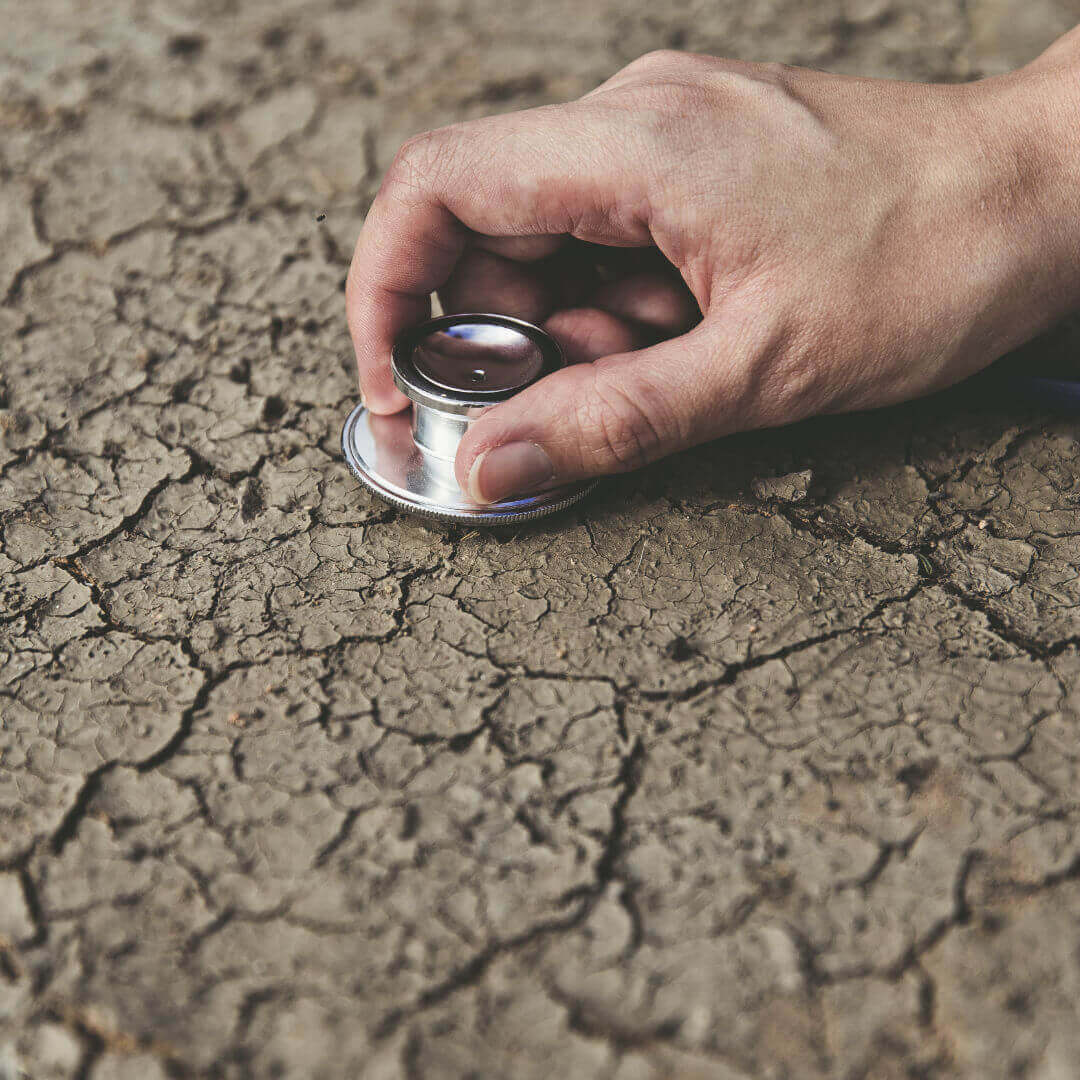
Innovation
The first company that lets you know the health of your garden.
By carrying out the appropriate analyses, it becomes possible to certify the health of a soil and provide advice on how to improve its properties.
SOILSCORE
Grâce à notre échelle d'évaluation, comprenez le résultat de votre analyse de sol et agissez en conséquence grâce aux conseils de nos experts.


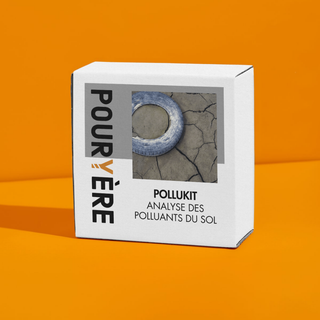
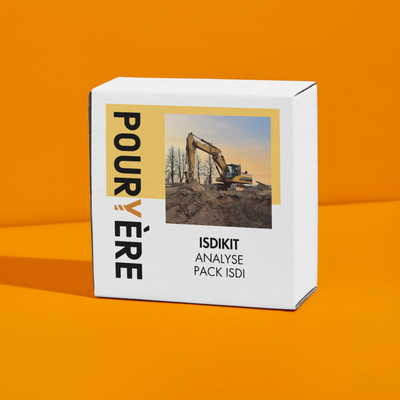

NOS KITS
ANALYSES DE SOL
Découvrez l'ensemble de nos analyses de sol. Plus de 200 éléments sont analysés en laboratoire.
Questions Fréquentes concernant l'analyse de sol
Une analyse de sol permet de comprendre la composition et l'état de santé de votre terrain. Elle aide à identifier la présence éventuelle de polluants et à déterminer les besoins en nutriments pour favoriser une croissance optimale des plantes.
Le processus comprend :
- Prélèvement d'échantillons : réalisation de prélèvements représentatifs de votre parcelle.
- Analyse en laboratoire : les échantillons sont analysés dans un laboratoire accrédité COFRAC pour garantir des résultats fiables.
- Rapport détaillé : vous recevez un compte rendu avec une note globale de l'état de santé de votre sol et des conseils personnalisés pour son amélioration.
- PCB : Polychlorobiphényles, des composés chimiques autrefois utilisés dans les équipements électriques.
- HCT : Hydrocarbures totaux, provenant principalement des déversements de pétrole et de ses dérivés.
- HAP : Hydrocarbures aromatiques polycycliques, issus de la combustion incomplète de matières organiques.
- BTEX : Acronyme pour Benzène, Toluène, Éthylbenzène et Xylènes, des composés organiques volatils souvent présents dans les solvants et les carburants.
Pouryère est spécialisée dans l'évaluation de la santé des sols de jardin pour les particuliers. Elle offre :
- Des analyses réalisées dans des laboratoires accrédités COFRAC.
- Des rapports détaillés avec des conseils pratiques et personnalisés.
- Un engagement envers la préservation de l'environnement et la sécurité des espaces verts.
Des indices tels que des odeurs inhabituelles, une décoloration du sol, une végétation clairsemée ou des antécédents d'activités industrielles sur le terrain peuvent suggérer une possible pollution. Dans ces cas, une analyse de sol est recommandée pour confirmer la présence de contaminants.
Elle permet de :
- Connaître la qualité agronomique de votre jardin.
- Détecter la présence de polluants potentiels.
- Recevoir des recommandations adaptées pour optimiser la santé de votre espace vert.














